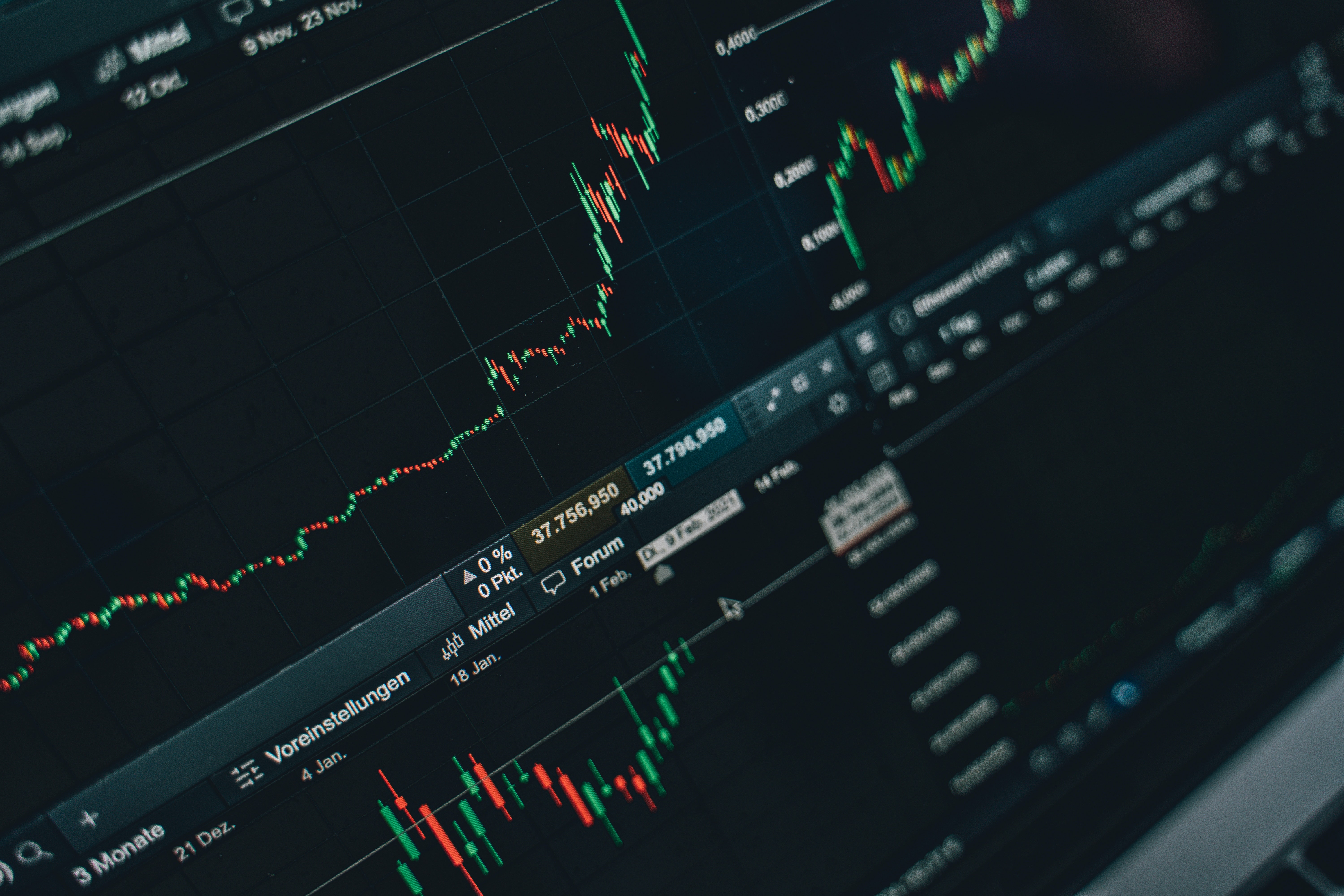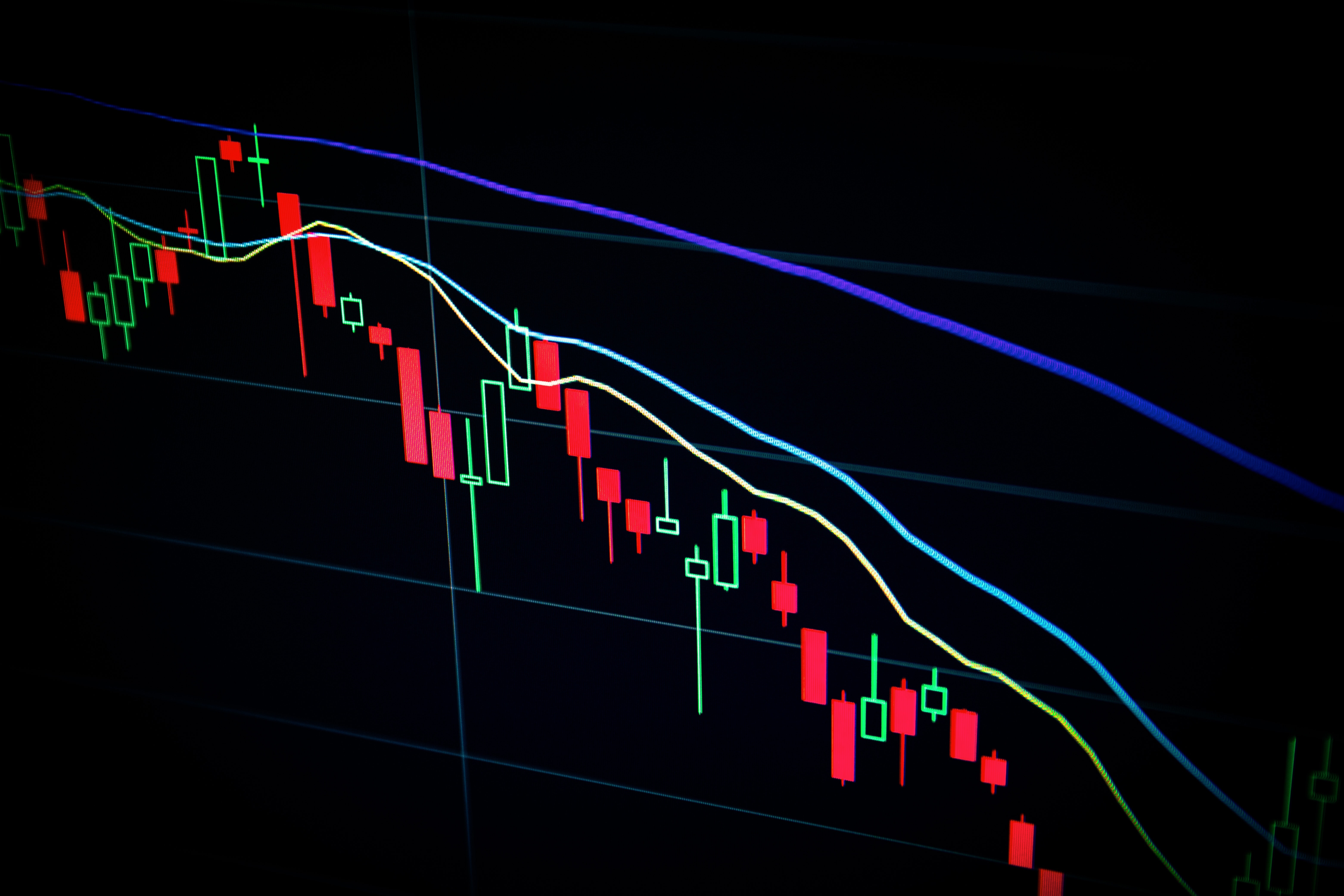The Incredible Value of Candlestick Patterns in Stock Trading
Candlestick patterns have been used by traders for centuries. In this article, we’ll cover their value and how to read them. We’ll also go over the most popular types of patterns that help traders every day.
What are candlestick patterns?
A candlestick is a kind of chart that’s used in trading and is one of the most popular facets of technical analysis. The concept of candlestick trading originated from Japanese rice merchants. They used it to track price movements and anticipate market behavior.
Candlestick charts display the movement in an asset’s price by forming patterns. The patterns show a picture of past and present price actions in designated timeframes.
What are they used for?
Japanese candlesticks are used by technical traders to predict the future direction of price movements. Now, it’s important to note that the patterns candlesticks form aren’t future indicators themselves. But, because they’re based on past and current price movements, they can help investors set up trades. Investors assess the patterns to analyze the behavior of other traders in the market.
How do you read candle formations?
There are three components to a candlestick: The body, the color, and the wick. Learning how to evaluate each part will help you identify trading opportunities.
The body
The body of the candlestick shows the open and close prices of an asset. Thus, a long body indicates a large difference between the open and close price, while a short body reveals a small difference.
The color
The color of a candlestick’s body reflects the direction of market price movements. For example, a green (or white) body points to an increase in price, while a red (or black) body points to a decrease in price. In trading terms, this means that green bodies are bullish and show strength for buyers. Conversely, red candles are bearish and show strength for sellers.
The wick
The wick of the candle looks like a single vertical line that extends above and below the body. It represents the high and low prices during the timeframe of the trading session. So, the wick on the top of the body shows the highest price the asset reached during the specific time period. On the other hand, the bottom wick shows the lowest price the asset reached.
Note! The longer the wicks are, the greater the asset’s price volatility.
The chart
When reading a candlestick pattern chart, it’s important to understand the setting of the graph. Similar to standard mathematical x/y graphs, the x-axis denotes a set time period. Likewise, the y-axis denotes the variable being measured.
So, in the context of stock trading, the x-axis of a candlestick chart reflects a specific trading period. The y-axis reflects the price points achieved by the asset for that period.
Advantages
There are many benefits traders can leverage from assessing candlestick patterns. Two primary ones are that they reveal trading signals and are user-friendly.
Provide helpful trading signals
Experienced stock traders are trained to trust what they see, not what they feel. As a result, candles are popular among traders. This is because they reveal a clear picture of how others have been trading a specific asset. Meaning they show the psychology of the current market. Candlesticks tell a story about investor behavior; and in turn, help traders set up trades for success.
When evaluated correctly, candles give important trading signals. These indicators help investors decide when to enter or exit a particular trade.
Easy to read
Even for a beginner, candlestick charts have a user-friendly reputation. Most traders agree they’re easier to understand than bar charts. Thus, they provide more clarity on current and recent price actions.
Limitations
Candlestick patterns are limited in the sense that they can be ambiguous.
Potential for ambiguity
The meaning of a pattern formed by candlesticks can be up to a trader’s interpretation. This is because the perceived direction of an asset’s price may be ambiguous when assessed in different timeframes.
For example, let’s say you’re reading a candlestick chart and see a pattern that reveals an uptrend. While you may think it’s showing the top of an uptrend, it may show part of a continuing uptrend in a longer view.
Now that we’ve covered the value of candlestick patterns and how to properly analyze them, let’s explore the different trends they reveal and what those trends signal to traders.

Bullish and bearish patterns
Candlestick formations typically result in either a bullish or a bearish trend.
What are bullish trends?
Candlestick patterns revealing a bullish trend indicate that an asset’s price may rise from its current position. A bullish trend shows up after a downtrend reversal. This means that it can signal the potential of a reversal during a downtrend or the continuation of a current uptrend.
What do they tell traders?
Bullish trends can anticipate buying pressure among traders in the market. Thus, they give a warning of caution for traders’ short positions. They also advise traders to consider opening a long position.
What are bearish trends?
Bearish patterns indicate a potential price reversal during an uptrend. They reveal that the price of a particular asset may fall from its current point. Likewise, they may show the continuation of a downtrend that’s already in place.
What do they tell traders?
Bearish trends reveal selling pressure. They can signal a sense of pessimism or anxiety about the market price. This may cause traders to close their long positions. In turn, bearish patterns may encourage traders to open short positions as a way to leverage the falling price.
Main candlestick patterns
There are many types of candle formations. But, a majority of traders hold the consensus that a few patterns are more critical to pay attention to than others.
So, we’ll give a brief overview of the most important ones and what market behaviors they anticipate.
Hammer
The Hammer results at the bottom of a downtrend and anticipates a bullish reversal. On a technical chart, this type of pattern looks like a candlestick with a short body and a long wick at the bottom. In terms of color, a green body in a Hammer pattern indicates a stronger bull market than a red body.
Psychological impact
This pattern shows that buyers resisted selling pressure during the given trading session. As a result, they pushed the price back up.
Hanging Man
The Hanging Man is the inverse of the Hammer. Meaning, that it has the same candle shape, but results at the end of an uptrend rather than a downtrend. So, it’s a bearish technical pattern that signals the reversal of rising prices.
Psychological impact
This pattern indicates that sellers are beginning to outnumber buyers. In turn, it foreshadows that no buyers will be left to continue driving up an asset’s price.
Morning Star
The Morning Star candlestick pattern portrays a formation of three sticks. On a technical chart, it looks like one candle with a short body placed between a long, red body and a long, green body. This pattern indicates a bullish reversal.
Psychological impact
The Morning Star is often seen as the best bullish pattern. It signals hope in a bleak market that’s recently trended downward. It shows that selling pressure is beginning to subside, and as a result, a bull market is on the horizon.
Shooting Star
The Shooting Star looks like a candle with a small body and a long wick on the top. It’s formed at the end of an uptrend and anticipates a bearish reversal.
Psychological impact
This formation means that while buyers tried to push a specific price up, they were ultimately overpowered by sellers.
Dark Cloud Cover
As its name suggests, this candle indicator reveals a dark shadow over yesterday’s optimism in the market. It’s a multiple candlestick pattern that signals a bearish reversal.
Psychological impact
This pattern shows that the bears have taken control of the trading session and pushed the price down. In other words, the Dark Cloud Cover can signal to traders that the bears have taken back all of yesterday’s gains.
Your best candlestick investing strategy
Reading candlestick patterns can provide vital trading signals. But, for your best investment strategy, we recommend a combination of many tools. Try using candlestick charts with our technical analysis tools to set you up for success. Our intelligent tools help the beginner to advanced trader reach new analysis depths.

